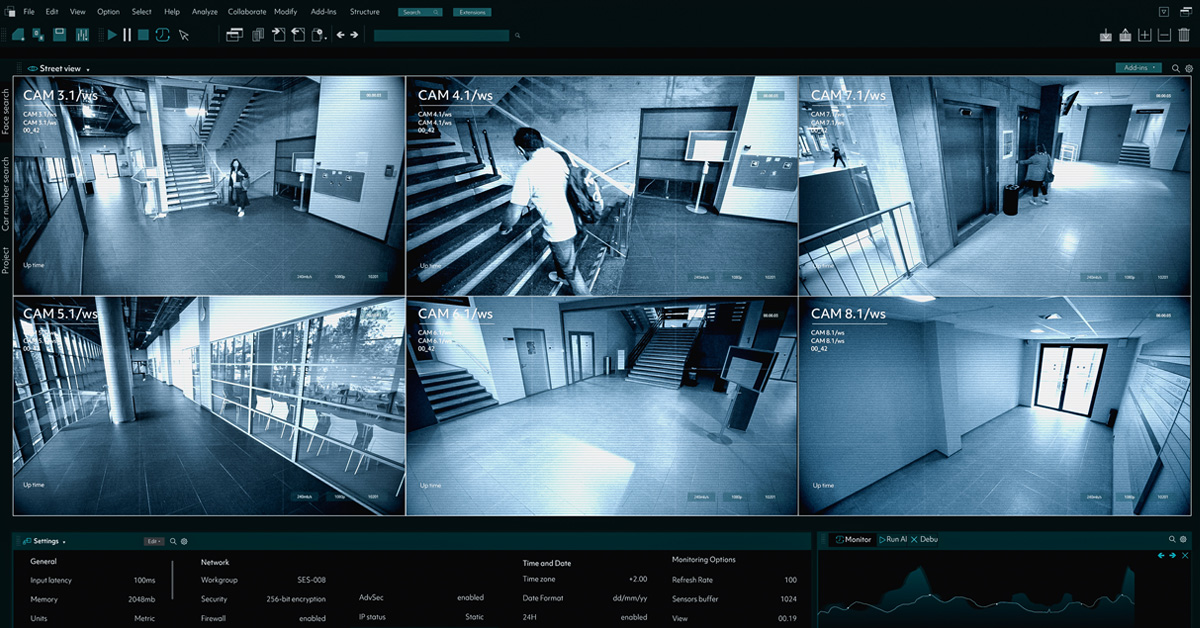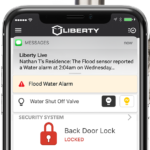Prioritizing the safety of our children both at home and at school is essential. By integrating smart technology, establishing routines, and fostering communication, parents can create a secure environment for their children. Schools, on the other hand, can enhance their security measures through comprehensive assessments, access control, and emergency preparedness.
5 Tips to Ensure Student Safety at Home
1. Smart Home Integration: More than Just Convenience
Incorporating smart home technology can significantly enhance your child’s safety. Consider installing smart locks and doorbell cameras that you can monitor from your phone. These devices allow you to see who is at the door and grant access only to trusted individuals. Smart alarms can notify you immediately if an unexpected entry is detected, ensuring that you can take swift action.
2. Routine and Check-ins: Building a Safety Habit
Create a routine that includes regular check-ins with your children. Establish a set time for them to call or message you when they arrive home. You can use family locator apps that allow you to track their location in real-time, providing peace of mind. Additionally, teach them to lock the doors and secure the home as soon as they arrive.
3. Safe Routes and Travel Plans
Map out the safest routes for your children to walk or bike to school. Avoiding busy streets and areas with heavy traffic can reduce the risk of accidents. Arrange for a “buddy system” where your child travels with a friend or neighbor. For those who take public transportation, remind them to stay vigilant and avoid distractions like mobile phones when crossing streets or waiting for the bus.
4. Emergency Preparedness
Teach your children how to handle various emergency situations. This includes knowing how to use the home security system, calling emergency services, and having a list of trusted neighbors they can go to if they feel unsafe. Conduct regular drills so they feel confident in their ability to respond to an emergency.
5. Cybersecurity: The Digital Playground
With children spending more time online for school and leisure, cybersecurity is paramount. Educate them about the importance of keeping personal information private and recognizing phishing attempts. Utilize parental control software to monitor their online activity and set restrictions on certain websites and apps.

School Safety Tips
Ensuring a safe and secure environment is more crucial than ever. Beyond academic excellence, schools need to prioritize the physical and mental well-being of their students. By implementing comprehensive security measures, fostering a positive school culture, and leveraging advanced technology, schools can create a safe haven for learning and growth. In this section, we’ll explore innovative strategies to help schools prepare effectively for the back-to-school event, focusing on protecting and supporting the children entrusted to their care.
1. Comprehensive Security Assessments
Before the school year begins, conduct a thorough security assessment of the school premises. Identify potential vulnerabilities and address them promptly. This could include installing additional surveillance cameras, upgrading locks, and improving lighting in parking lots and entryways.
2. Access Control: Keeping Intruders Out
Implementing an effective access control system can prevent unauthorized individuals from entering the school. Where possible, use ID badges for staff and faculty and install electronic access points that require these IDs for entry. Consider integrating visitor management systems that track who enters and exits the building.
3. Emergency Response Plans and Drills
Develop and regularly update the school’s emergency response plans. These should cover various scenarios, including fires, lockdowns, and natural disasters. Conduct regular drills so that students and staff are familiar with the procedures and know how to respond calmly and efficiently.
4. Mental Health and Bullying Prevention
A safe school environment goes beyond physical security. Addressing mental health and preventing bullying are crucial for student well-being. Establish programs that promote a positive school culture, provide support for students facing challenges, and encourage reporting of bullying incidents. Training staff to recognize signs of mental health issues and bullying can also make a significant difference.
5. Parental Involvement and Communication
Keeping parents informed and involved in school security measures is essential. Regularly update them on any changes to security protocols and encourage them to share any concerns or suggestions. Hosting workshops or information sessions can help parents understand the school’s safety measures and how they can support them.
6. Leveraging Technology for Safety
Utilize technology to enhance school safety. This can include implementing mass notification systems that quickly disseminate information during emergencies, using apps that allow students to report suspicious activity anonymously, and deploying advanced surveillance systems that offer real-time monitoring. See some security solutions from our parent company GardaWorld.

7. Health and Hygiene: Lessons from the Pandemic
The COVID-19 pandemic has underscored the importance of health and hygiene in schools. Continue to implement measures that minimize the spread of illnesses, such as hand sanitizing stations, regular cleaning of high-touch surfaces, and encouraging sick students and staff to stay home. Maintaining these practices can contribute to a healthier school environment.
Liberty Security is Your Trusted Partner
Liberty security and our parent company GardaWorld, are committed to helping families and schools create safe, supportive environments where children can thrive. Here’s to a successful and secure back-to-school season!
To learn more about our services, request a free quote, or give one of our experienced security experts a call at 1-866-833-9892




